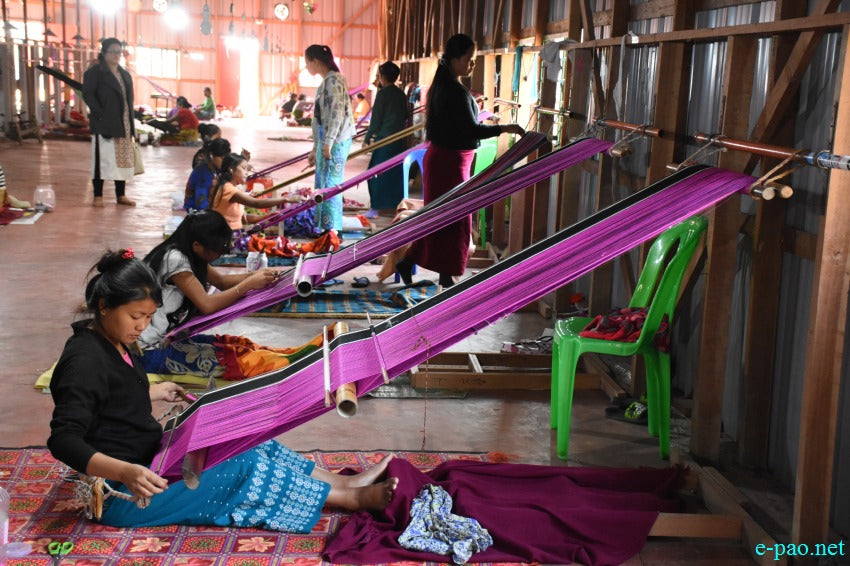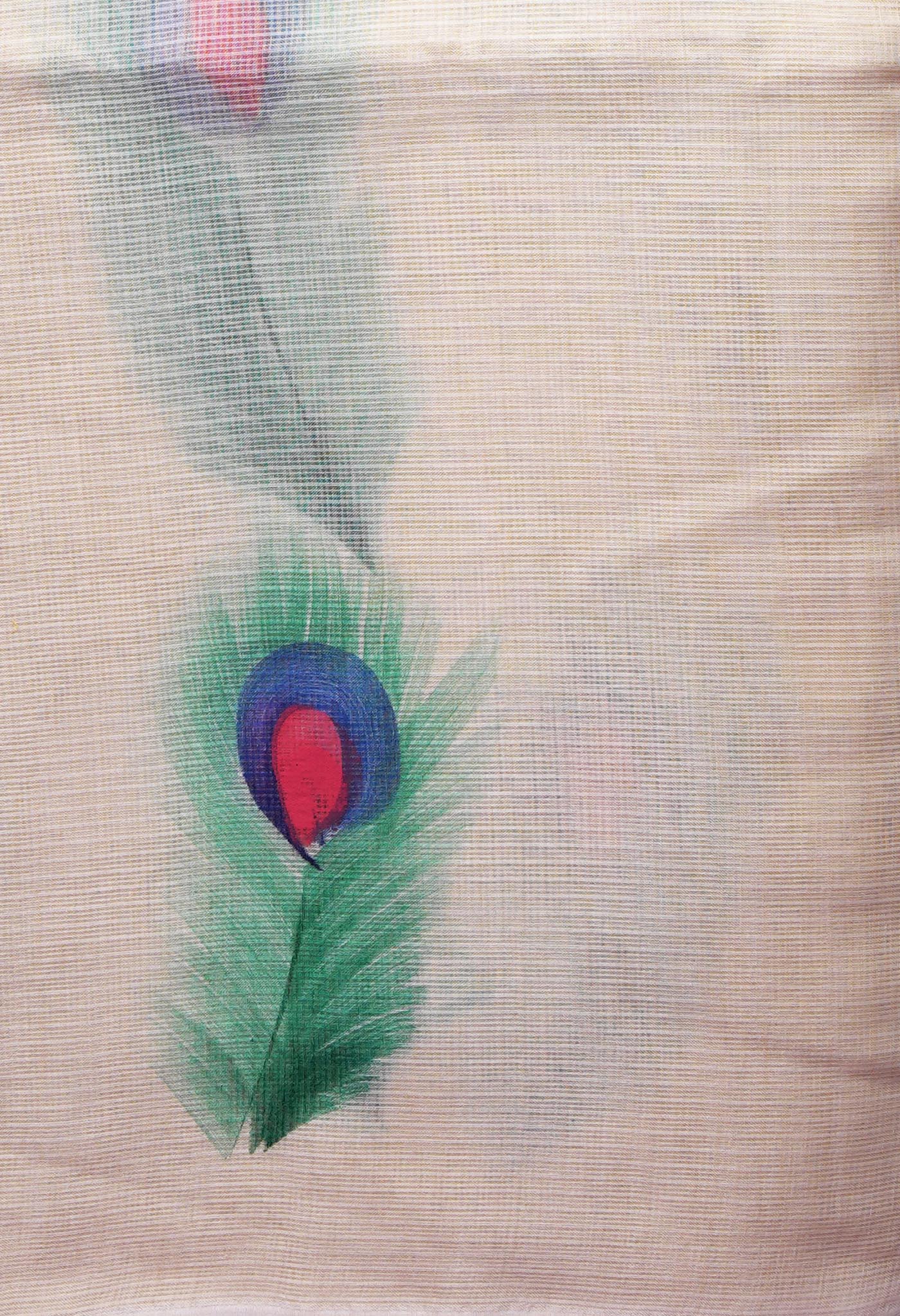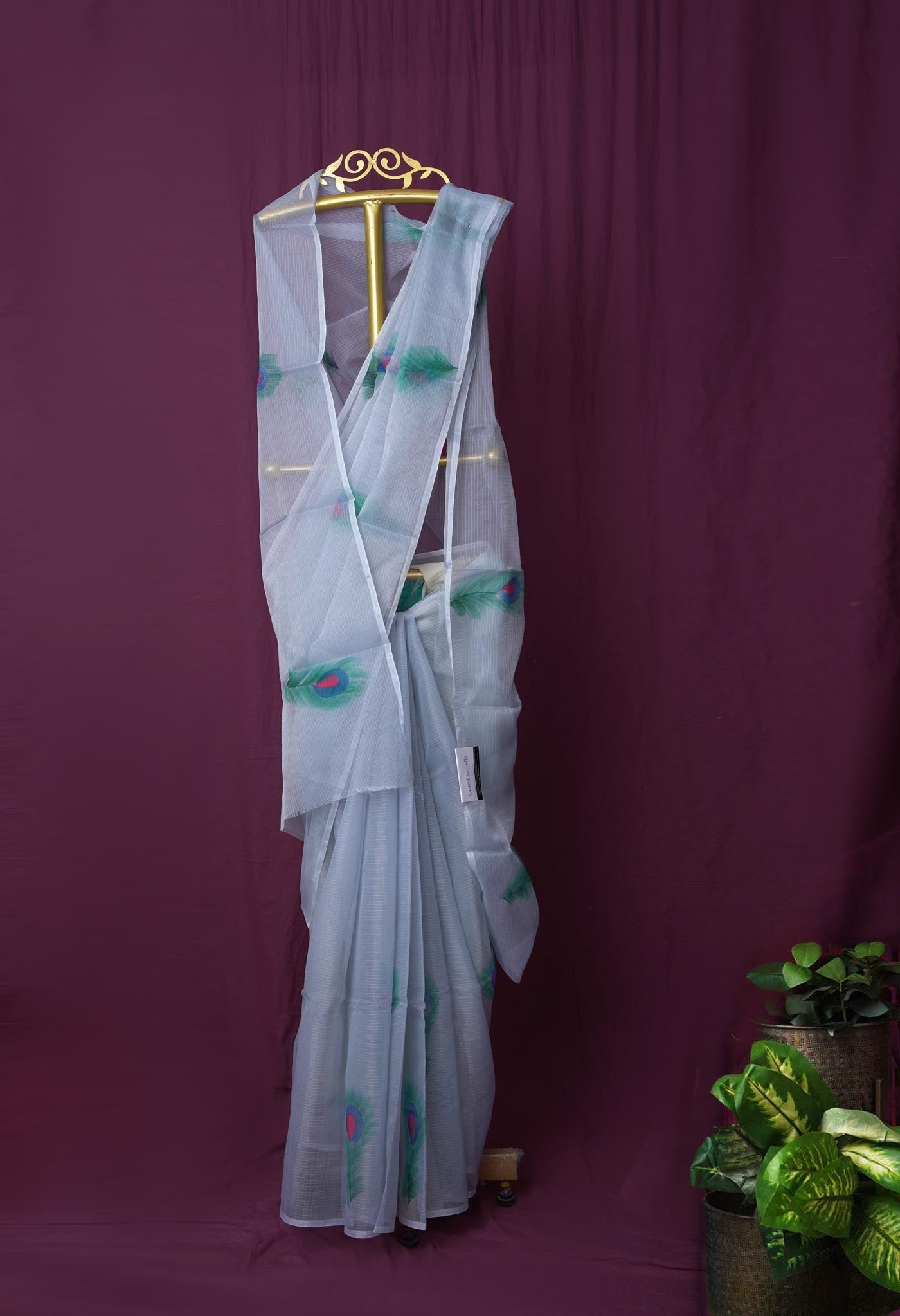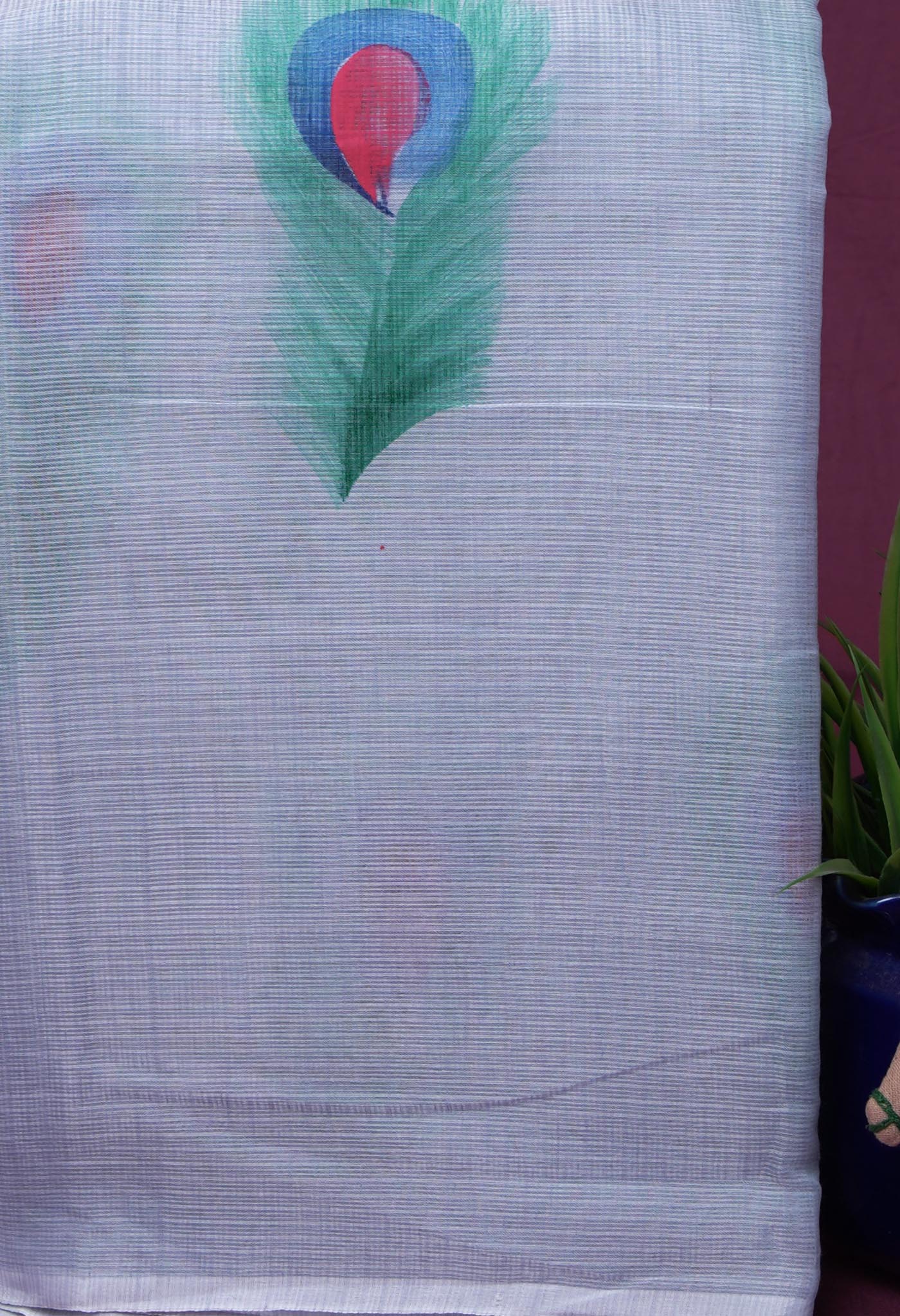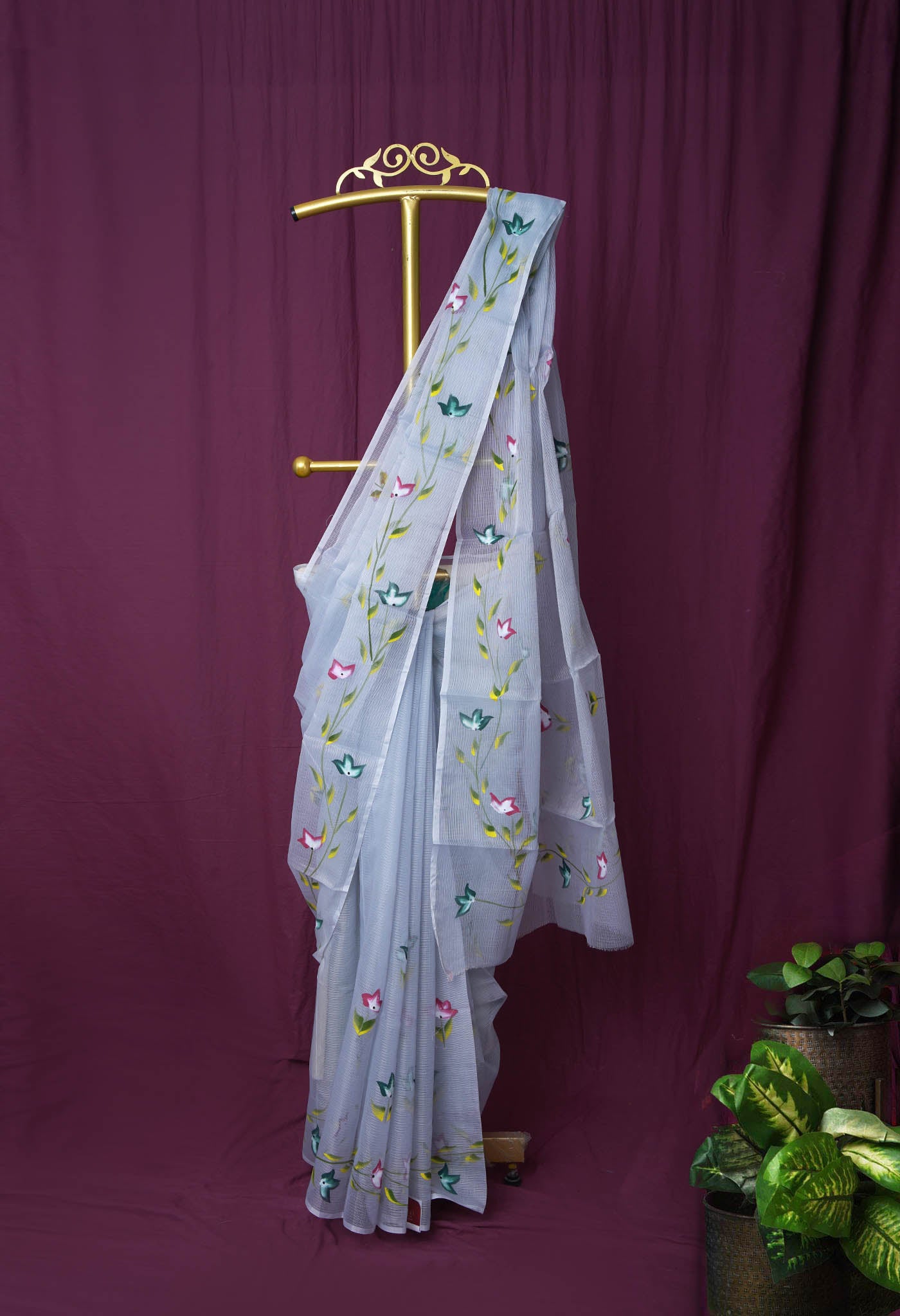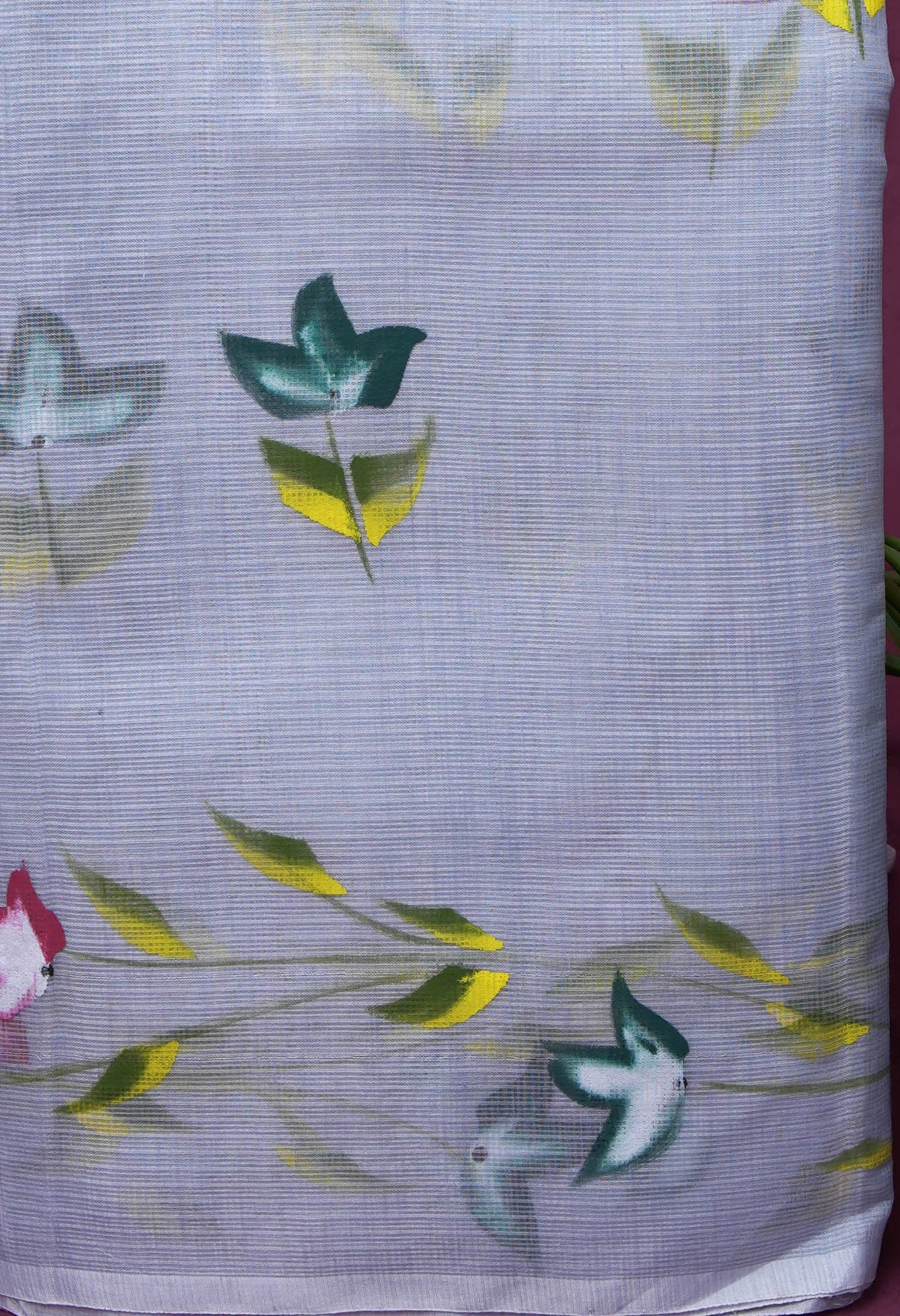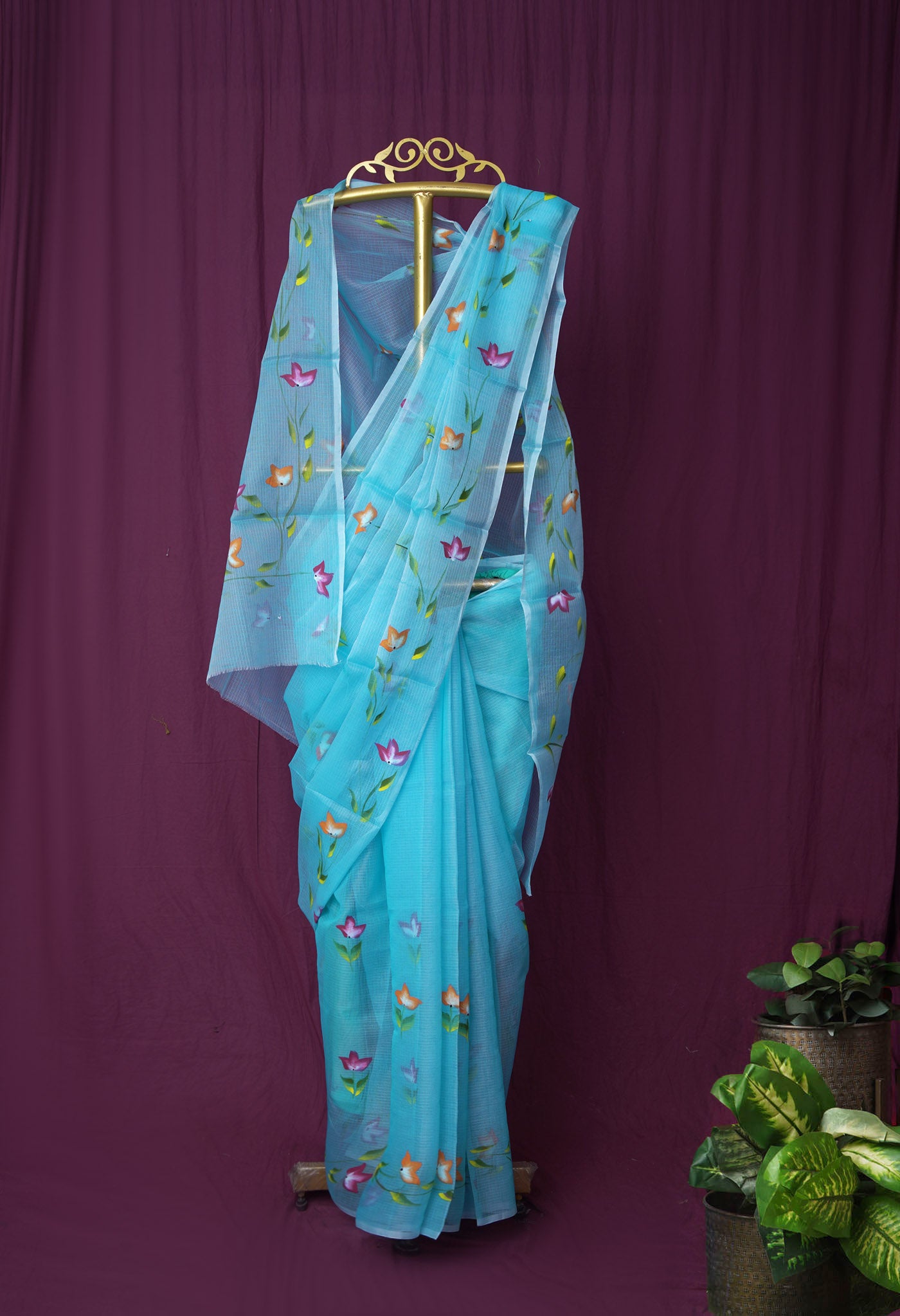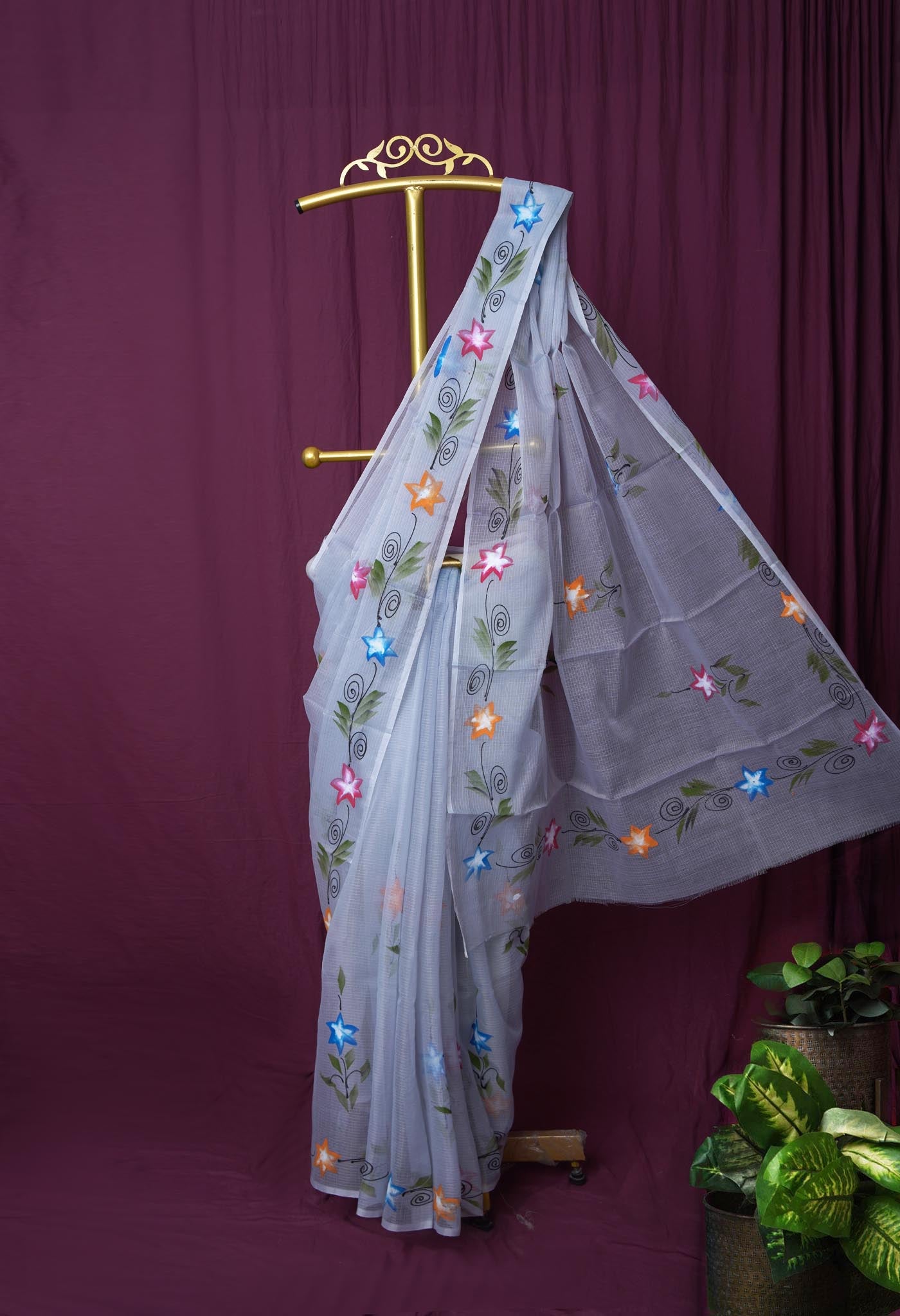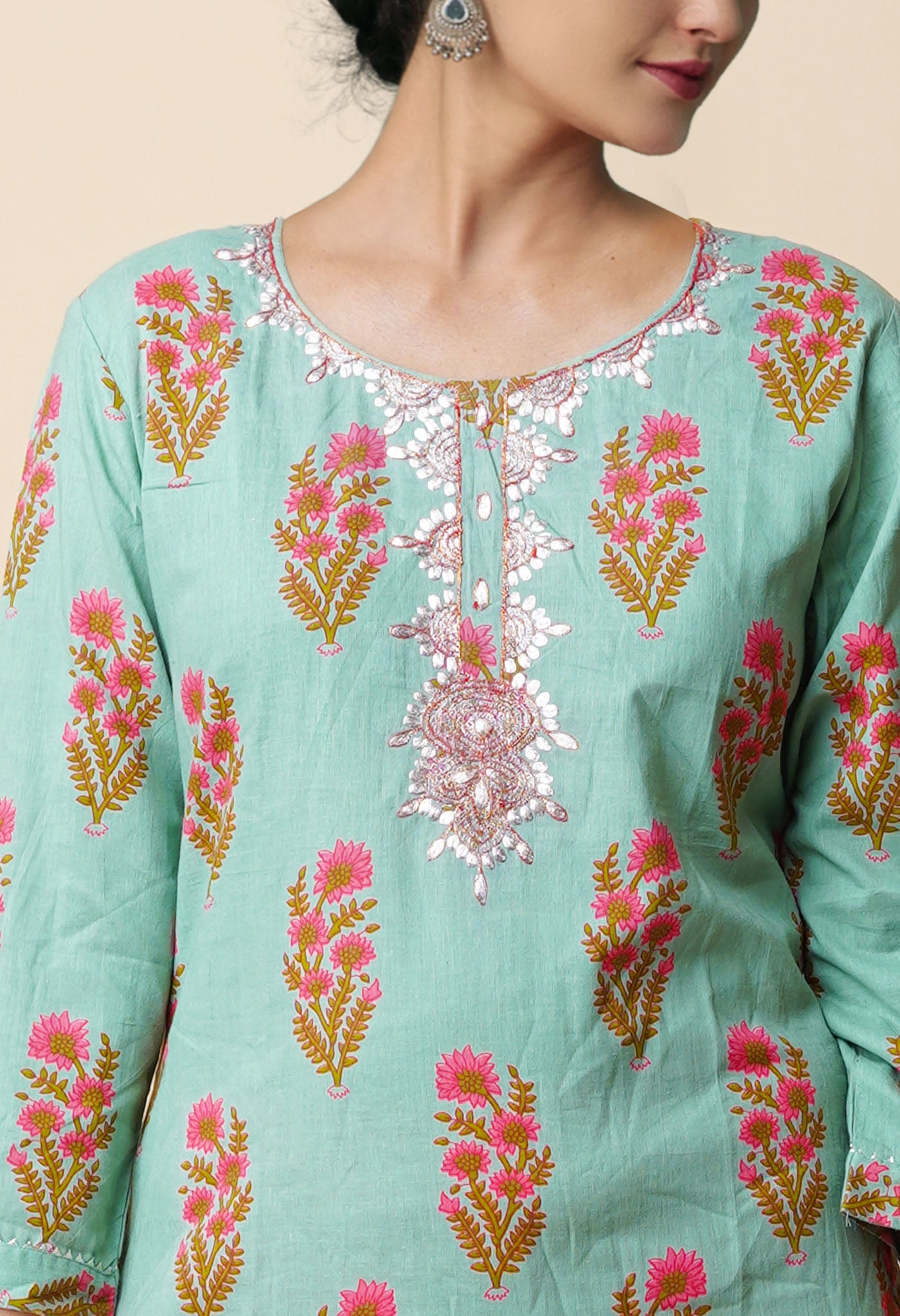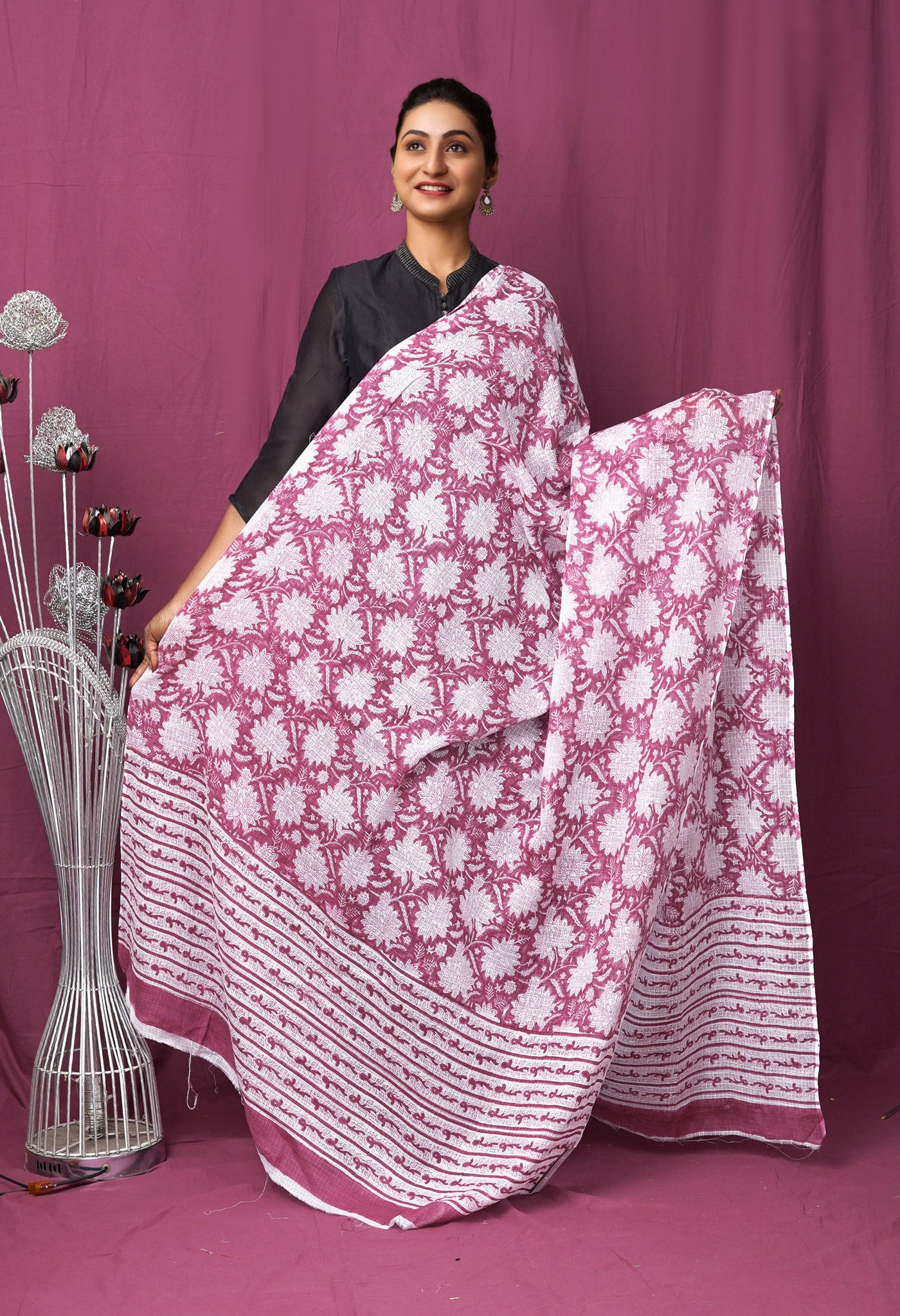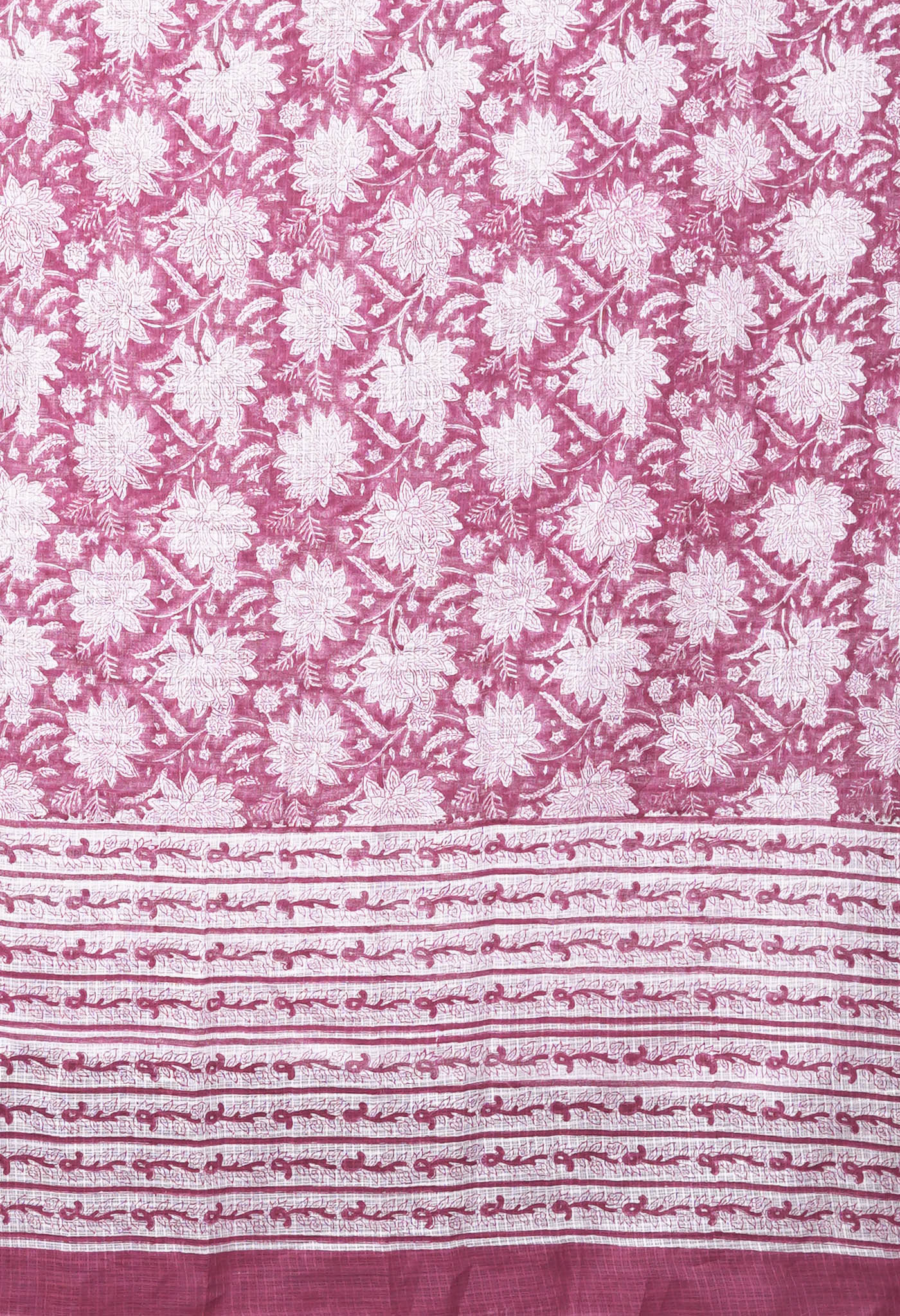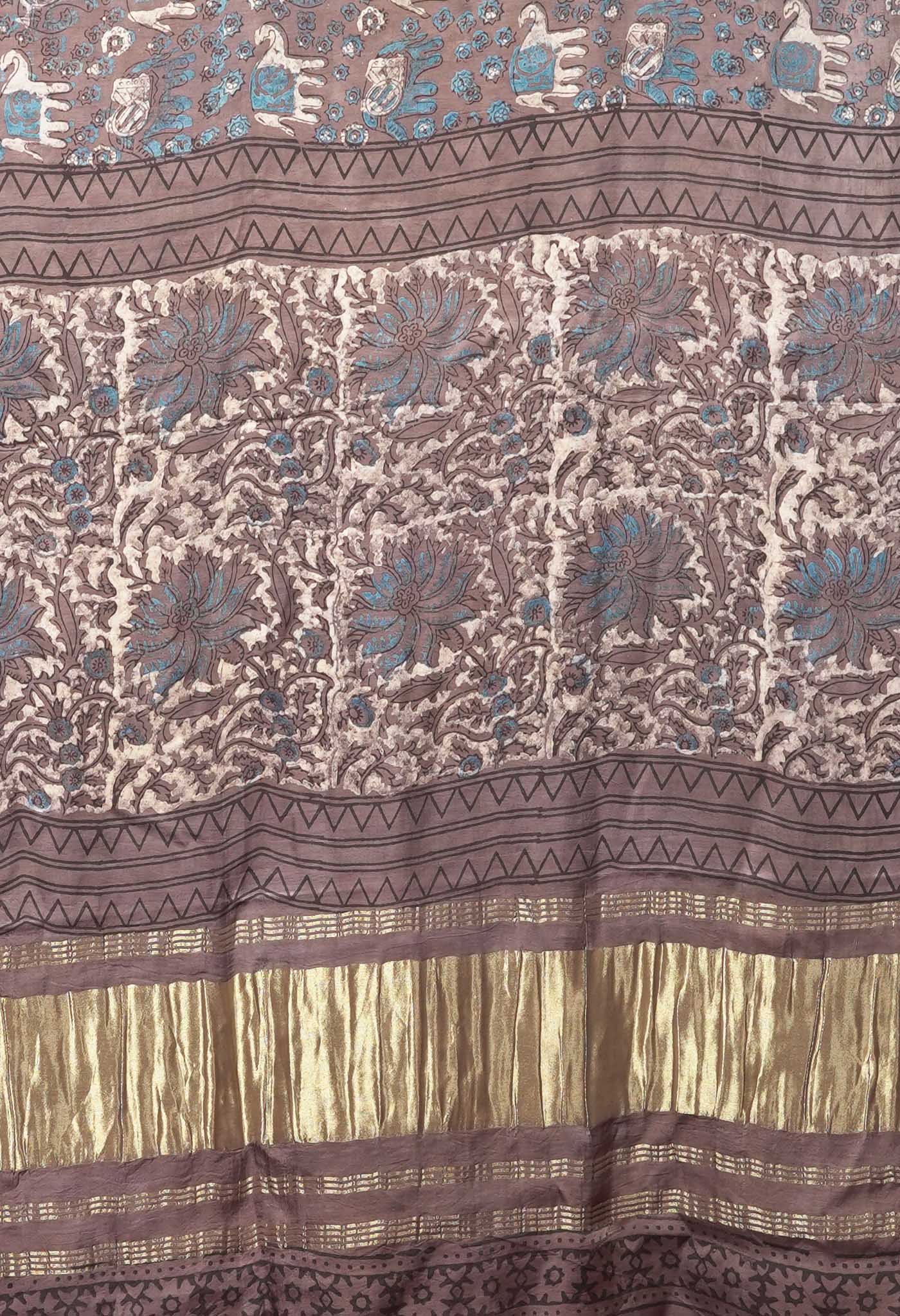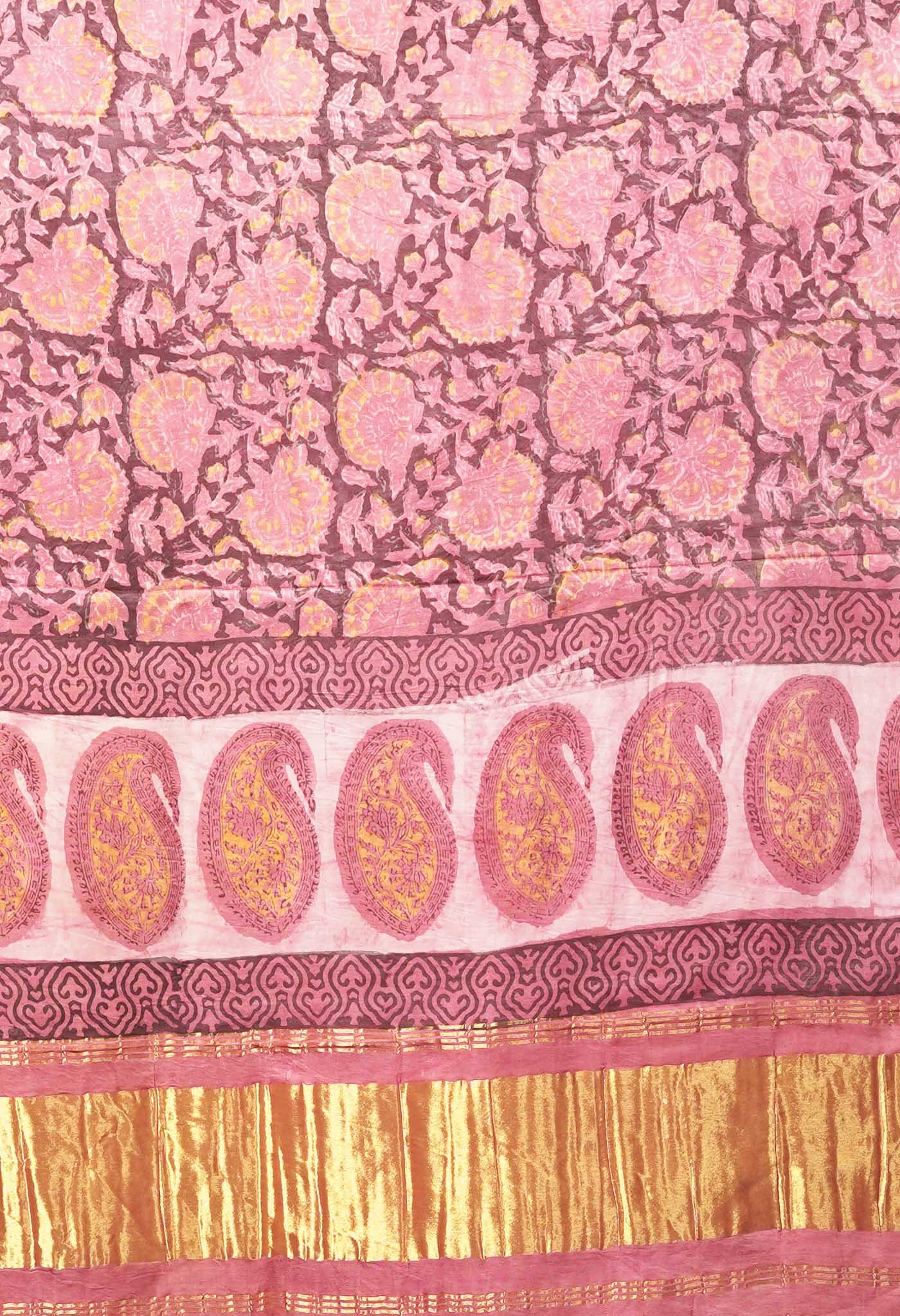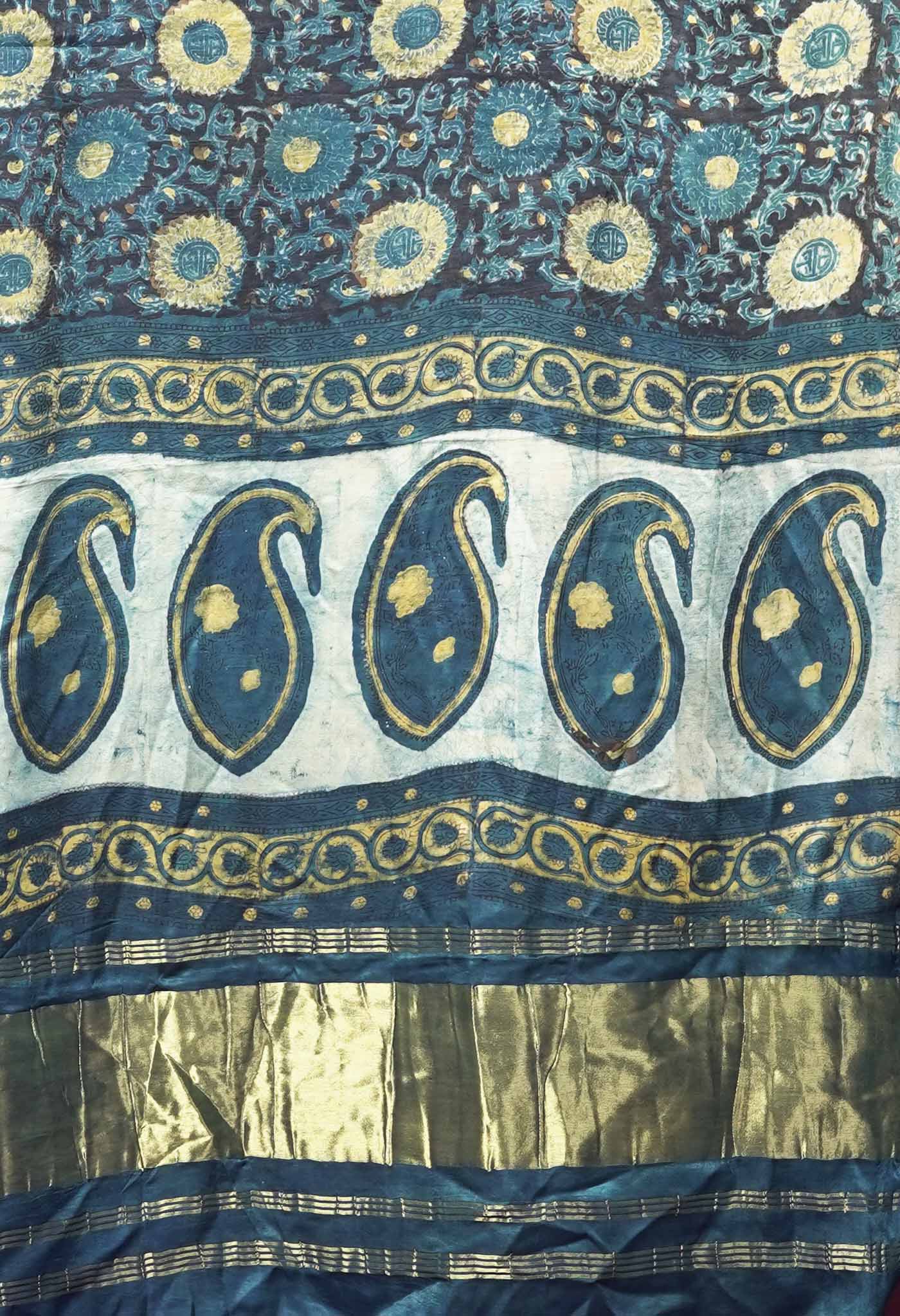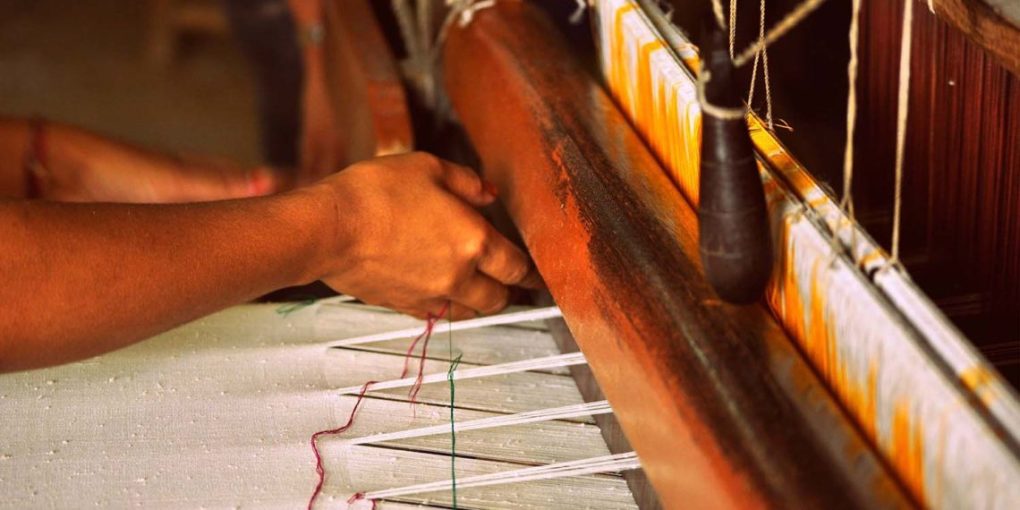
Budget proposals for the Textile industry – welcomed hugely by all quarters
When the Union Govt. presented its proposals for the budget since the elections were due in April-May 2019, was proposed for the textile industry was hailed by various quarters of the industry, calling it a progressive step in boosting the morale of the industry. But the textile industry in Tamil Nadu saw it as growth-oriented measures.
Let us see what people representing various bodies said.
- The Cotton Textiles Promotion Council (TEXPROCIL) has considered the proposals beneficial since there is an emphasis laid on the development of inland waterways for cargo movement. This coming into effect would bring down the cost of transport, especially for bulk products such as raw cotton.
- The Non-Banking Finance Companies being assured support see it as an opportunity for financing exporters since they generally seek loans at lower rate of interest.
- The Confederation of Indian Textile Industry said that with the increase in allocation for development of handloom, the handicraft, wool, silk, jute and power loom sectors and the additional funds for skilling will benefit the industry.
- The Southern India Mills’ Association sees the announcement of “One Nation One Grid” power sector tariff and structural reforms will be a boon to the textile industry which is power-intensive. Also with the initiatives taken on Ease of Doing Business and investments planned in infrastructure are welcome measures. The increase in the annual turnover threshold limit substantially from the existing 250 crore for Corporate Tax of 25 % would benefit the heavy textile players of the state.
- The Indian Texpreneurs Federation noting that the percentage of Indian women workforce in the textile industry is less compared to the same in Vietnam or China sees it as a welcome change that the budgetary proposals has given priority to women empowerment since the industry itself has been keen on encouragement in this direction.
- The budget focusing on a $3 trillion economy this year has rightly given importance to infrastructure development and encourages Foreign Direct Investment is what the Apparel Export Promotion Council has pointed out.

Amidst such encouraged voices are the voices of the disgruntled few as well. What do they say?
- Some like Tiruppur see it as a generic budget with no specific announcement for the textile sector.
- Under the ROSL (Rebate of State Levies) scheme, also there is no allocation in the budget for those having substantial outstanding owed to them.
- While proposals are not adverse, the incentives too are not forthcoming.
- The extension of 25 % Corporate Tax for companies that have upto Rs.400 crore annual turnover is not available to proprietor firms.
While this is what the Tamil Nadu Textile industry had to say, the textile industries from other states also had quite a bit of nice things to say.
- According to the Ministry of Textiles "Rebate of all embedded state and central taxes/levies for apparel and made-ups segments would make exports zero-rated, thereby boosting India's competitiveness in export markets.”
- This has been lauded by the Textile Association of India calling it a morale booster in the face of a situation where India’s exports of apparel and garments have fallen down in the last 2-3 years to be at 5th position in the world after China, Bangladesh, Vietnam and Cambodia. The Indian figure stands at USD 17 billion against Bangladesh’s figure at USD 32 billion. The decision of the Govt. has given an impetus to the small and medium garment manufacturers of the textile industry.
- One of the past Presidents of the Association also happened to opine that with the move, cash flows are bound to improve. But with the market being in recession all over, it was still a good move that should be capitalized by the industry.
- One of the leading industry chambers of the textile and clothing sector of India, Confederation of Indian Textile Industry (CITI) in a statement thanked the Union Cabinet chaired by Prime Minister, Narendra Modi for approving the scheme as it will enable the Government to take various measures for making exports of apparel and made-ups free of any embedded Central and State levies.
- Since the Cabinet decision provides for a scheme to provide rebate on all embedded State and Central Taxes/levies for apparel and made-ups which have a combined share of around 56% in India’s textile export basket, through an IT-driven scrip system at notified rates, it will most likely boost India’s competitiveness in export markets and ensure equitable and inclusive growth of apparel and made-ups sector.”

Again there were voices of dissent that said:
- The new scheme only covers apparels and made-ups but does not cover other important sectors of fabric and cotton yarn. Hence it was requested of the govt., that in order to ensure that no taxes are exported and to make Indian cotton yarn and fabric globally competitive, cotton yarn and fabric be included in the new proposed scheme. This would not only help to boost cotton yarn and fabric exports but also increase the employment opportunities and inclusive growth in the entire textile value chain.
The concerns that were felt:
- The textile industry continues to suffer due to various external factors with the spinning segment being the worst affected as the cotton yarn export has declined over 35% during April-August 2019 when compared to the same period in the previous year, a higher domestic cotton price and sluggish domestic market.
- It is felt that certain measures are urgently required to revive the ailing textile industry, in order to make it globally competitive, sustain the jobs of millions of people across the country and achieve its potential growth rate.
In view of the current scenario, there has been an appeal from the textile industry.
- To make Remission of Taxes, Duties on Export Products (RoTDEP) with effect from 1st January 2020 to ensure refund of all taxes and duties on exports and make the Indian exports competitive in the global market. The textile industry bodies in the country have appealed to the government to announce the following slew of stimulus measures that are under active consideration of the Government

Release of Government dues
- The Indian textiles and clothing industry is currently facing severe liquidity crisis mainly due to the huge accumulation of government dues especially TUF subsidies amounting to Rs.11,000 crores and RoSL/ RoSCTL arrears since 7th March 2019 and GST refund. It is essential to release the government dues on a war footing to enable the industry to ease its liquidity crunch.
Debt restructuring for MSMEs
- Extend one-time restructuring of existing loans of the textile and clothing sector on the similar lines as given to the MSMEs. However, as the textile industry is a capital-intensive industry, it is requested that there should be no cap to a borrower as has been extended in the case of MSMEs i.e., Rs.250 million as on January 1, 2019. It is requested that MSMEs Debt Restructuring Package may be extended for the entire textile industry as this would save many companies from turning into NPAs.

E-auctioning of CCI MSP procured cotton
- Consequent to the 26 to 28% increase in the Minimum Support Price for cotton effected for the cotton season 2018-19, Indian cotton has become expensive when compared to the international cotton price making Indian cotton and its textile products uncompetitive in the international market. This has resulted in sizable increase in imported cotton during the current season.
- Country is likely to end with over 50 lakh bales closing stock for the current season due to reduced exports and increased imports and Cotton Advisory Board estimated the closing stock to be 40.41 lakh bales. The favourable monsoon and weather has made the cotton farmers to choose cotton as the attractive crop with another Rs.100 per quintal increase in MSP.
- The area under cotton for the next season has already exceeded when compared to the area covered under previous season, anticipating huge gap and minimum support price, the government has already provided Rs.2000 crores for MSP operations.
- CCI is geared up to procure around 100 lakh bales in the coming season and the volume is likely to increase if the current forecast of international price remain the same during the peak season of Indian cotton. In the past, CCI has been avoiding sale of MSP cotton and making it expensive that greatly affected the performance of the cotton textile industry. Therefore, for the coming season, it is essential to come out with a cotton policy that enables CCI to sell its MSP procured cotton on a regular basis at 5 cents lower than the international price during the peak season to avoid accumulation of stocks with exception to the actual users and also make the cotton available at international price during the off season. Adequate funding has to be provided by the Government at NABARD finance rate or under priority lending rate to reduce the carrying cost and minimize the losses incurred by the CCI to create win-win strategy for all the stakeholders in the cotton textile value chain especially the farmers and the industry.
 Inclusion of cotton yarn under RoSL, MEIS & IES and fabric under RoSL benefits
Inclusion of cotton yarn under RoSL, MEIS & IES and fabric under RoSL benefits
- The cotton spinning sector is currently facing an unprecedented crisis due to excess production capacity to the tune of 7 million spindles created taking advantage of the incentives offered by the Textile Policies of different States like Gujarat, Maharashtra, Andhra Pradesh, etc. The cotton yarn consumption in the domestic market got stagnated during the last four years. Over 35% fall in yarn exports in the recent months has aggravated the situation.
- The average cotton yarn exports per month that prevailed over 120 million kgs during 2013-14 has now dwindled down to less than 60 million kgs due to US-China trade war and duty-free access enjoyed by Vietnam and other countries in the Chinese market.
- The sluggish demand has severely affected the cotton farmers as the country is left with excess cotton production. The situation is likely to worsen in the coming year even though the Union Budget has already provided Rs.2,000/- crores for MSP operation. Hence, it is very essential to boost cotton yarn exports in the interest of over 15 lakh people employed in the spinning sector, millions of cotton farmers and avoid over 3500 spinning mills (predominantly MSME units) becoming NPAs and prevent job losses for several lakhs of rural masses especially women.
- Extending export benefits for cotton yarn will not affect the garment or made-up segments as the country is left with huge surplus spinning capacity and surplus cotton.
- Including fabrics under RoSL benefit is essential to encourage fabric nomination business of global brands and boost powerloom / handloom fabric exports that has been stagnated during last several years and still struggling with huge surplus production capacity.
- Under the ROTDEP new export benefit scheme that will come into effect from 1st January 2020, cotton yarn has been singled out.
- Cotton spinning sector being highly capital intensive, currently left with over 7 million spindles surplus capacity, it is essential to include cotton yarn also under the new Scheme that would greatly benefit millions of cotton farmers, spinning sector and enable the spinning sector to constantly modernize and meet the growing demands of the downstream sectors and sustain its growth.
Export Credit
- Extend export credit facilities for all the textile products in the textile value chain including cotton yarn to have a competitive edge in the global market.



